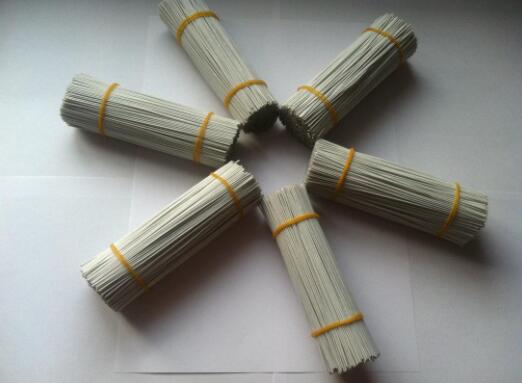Understanding Galvanized Straining Wire Applications and Benefits
Galvanized straining wire is a versatile material widely used in various industries, particularly in agriculture, construction, and fencing. It's essential to understand what galvanized straining wire is, its production process, and its diverse applications, as well as the benefits it offers over other wire types.
What is Galvanized Straining Wire?
Galvanized straining wire is a type of wire coated with a layer of zinc to prevent corrosion. The term galvanization refers to the process of applying zinc to steel or iron to enhance its durability and longevity. This wire is typically made from mild steel and is available in different gauges, allowing users to select the appropriate thickness for their specific needs. The straining wire is characterized by its high tensile strength, making it ideal for applications that require the wire to bear tension without breaking.
Production Process
The production of galvanized straining wire begins with the selection of high-quality steel wire. The wire is then cleaned to remove any impurities and oil. Following this, it undergoes the galvanization process, which involves dipping the wire into molten zinc. This process ensures that the zinc adheres firmly to the wire, creating a protective barrier that prevents rust and corrosion. After galvanization, the wire is cooled and then wound onto spools or reels for easy transportation and usage.
Diverse Applications
Galvanized straining wire has numerous applications across various fields. One of the primary uses is in fence construction, where it serves as a tensioning element in barbed wire and chain-link fencing. Its strength ensures that fences remain taut, secure, and effective in keeping animals in or out of specific areas.
galvanized straining wire

In agriculture, galvanized straining wire is commonly used for supporting crops, especially in vineyards and orchards. Growers use it to create trellises that support climbing plants and ensure their fruits and vegetables receive adequate sunlight and air circulation. The wire's resistance to rust and corrosion makes it suitable for outdoor use, where it can withstand various weather conditions.
Furthermore, galvanized straining wire is essential in construction. It's often used to reinforce structural frameworks, providing additional strength and stability to buildings, bridges, and other constructions. Its ability to handle significant tension makes it an indispensable component in many engineering applications.
Benefits of Galvanized Straining Wire
The benefits of galvanized straining wire are numerous, making it a preferred choice for many applications. One of the most significant advantages is its resistance to corrosion. The zinc coating provides a robust barrier against moisture, which is especially important in outdoor settings where exposure to rain and humidity can lead to the rapid deterioration of untreated wire.
Durability is another critical benefit. Galvanized straining wire is designed to withstand extreme conditions, ensuring that it maintains its integrity and functionality over time. Its high tensile strength makes it suitable for applications where it must endure heavy loads and significant stress.
Additionally, galvanized straining wire is cost-effective. Although the initial investment may be slightly higher than that of non-galvanized wire, its longevity and resistance to corrosion lead to lower maintenance and replacement costs, making it a more economical choice in the long run.
Lastly, the versatility of galvanized straining wire cannot be overlooked. Its wide range of applications across various industries showcases its practicality and efficiency, making it an invaluable asset in many projects.
In conclusion, galvanized straining wire is an essential material with a proven track record of performance across various domains. Its unique characteristics—such as corrosion resistance, durability, and versatility—make it an ideal choice for construction, agriculture, and fencing. Understanding its benefits and applications can help users make informed decisions about its use in their specific projects, ensuring reliability and longevity in their endeavors.

















